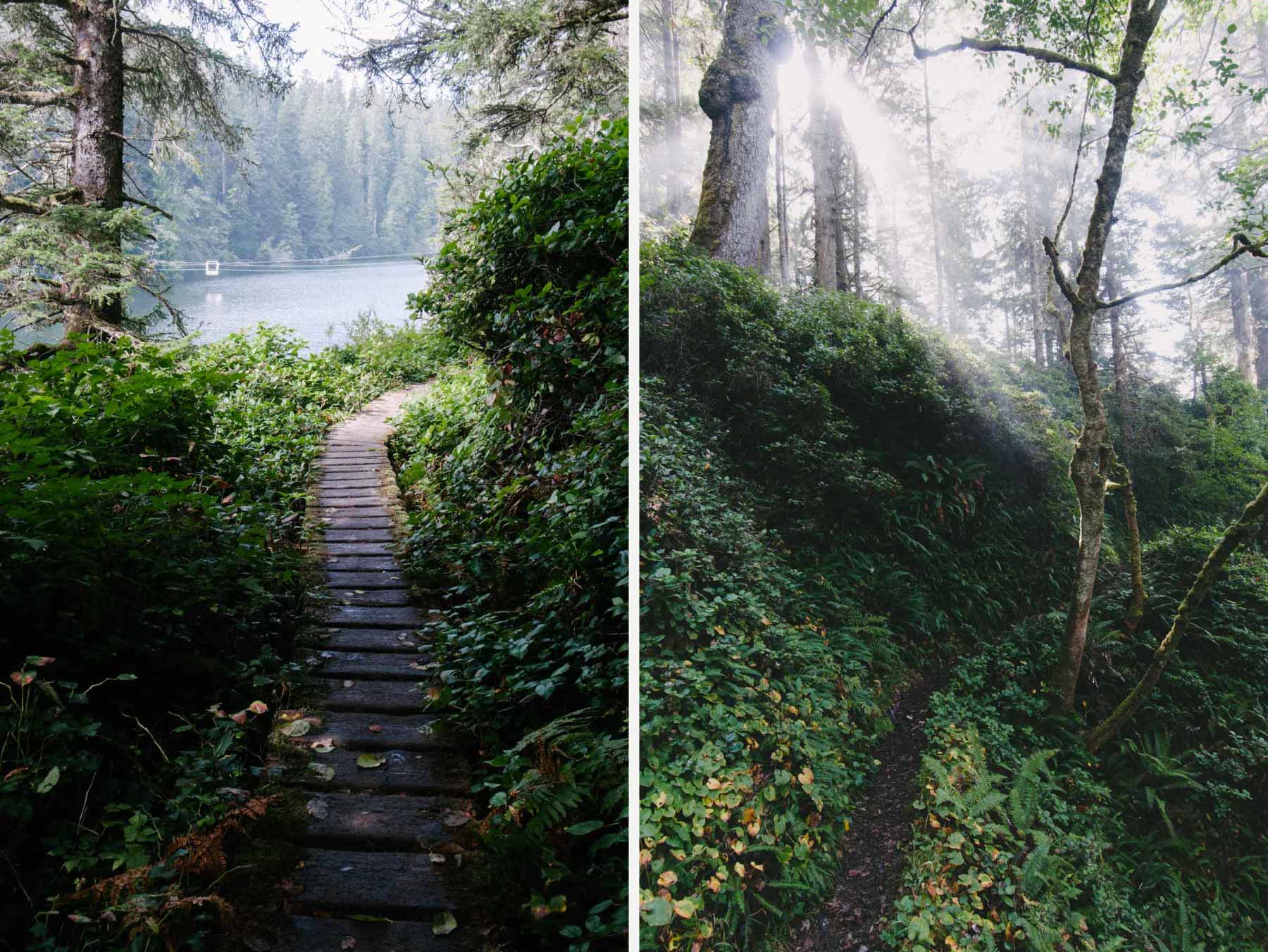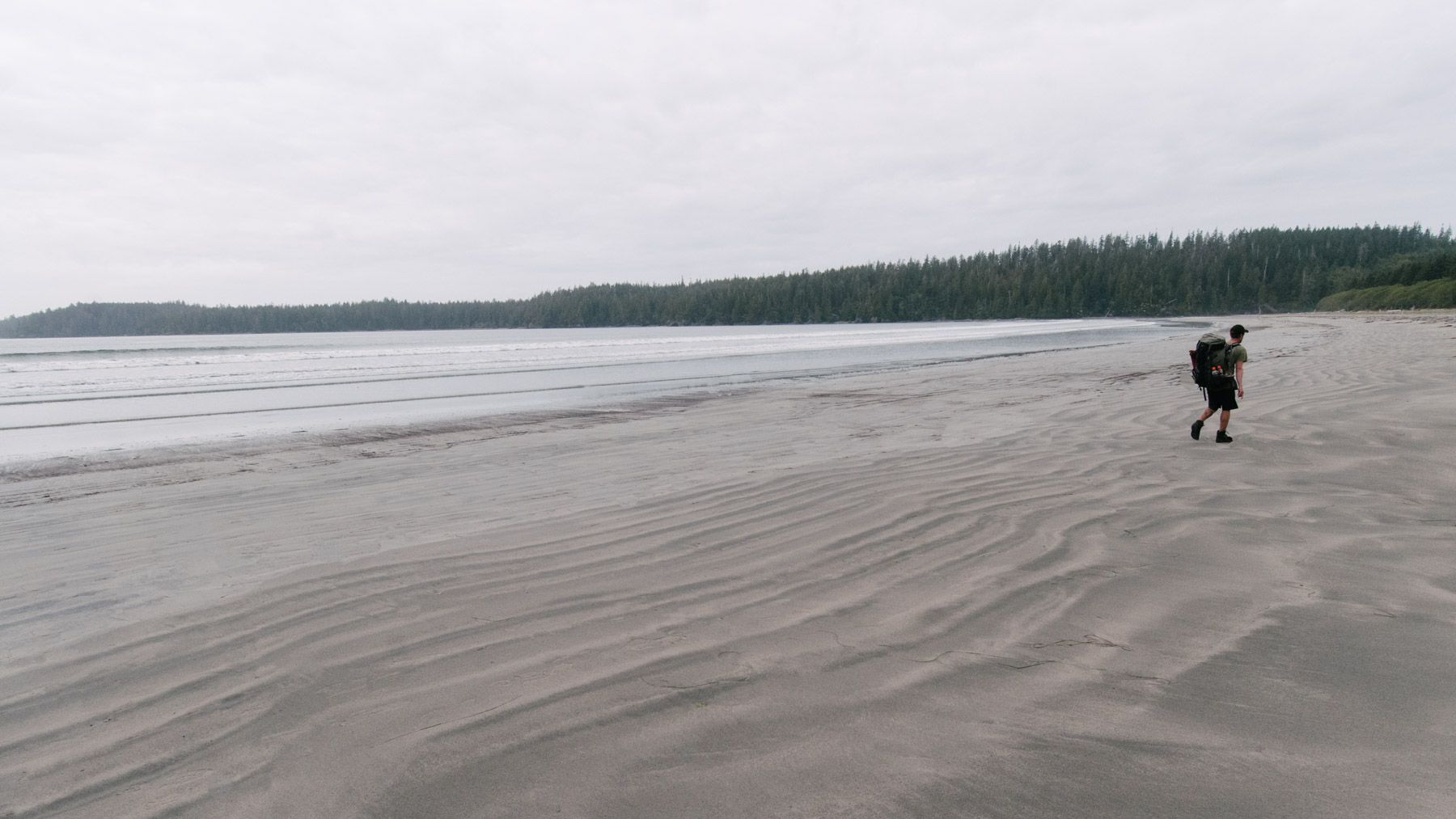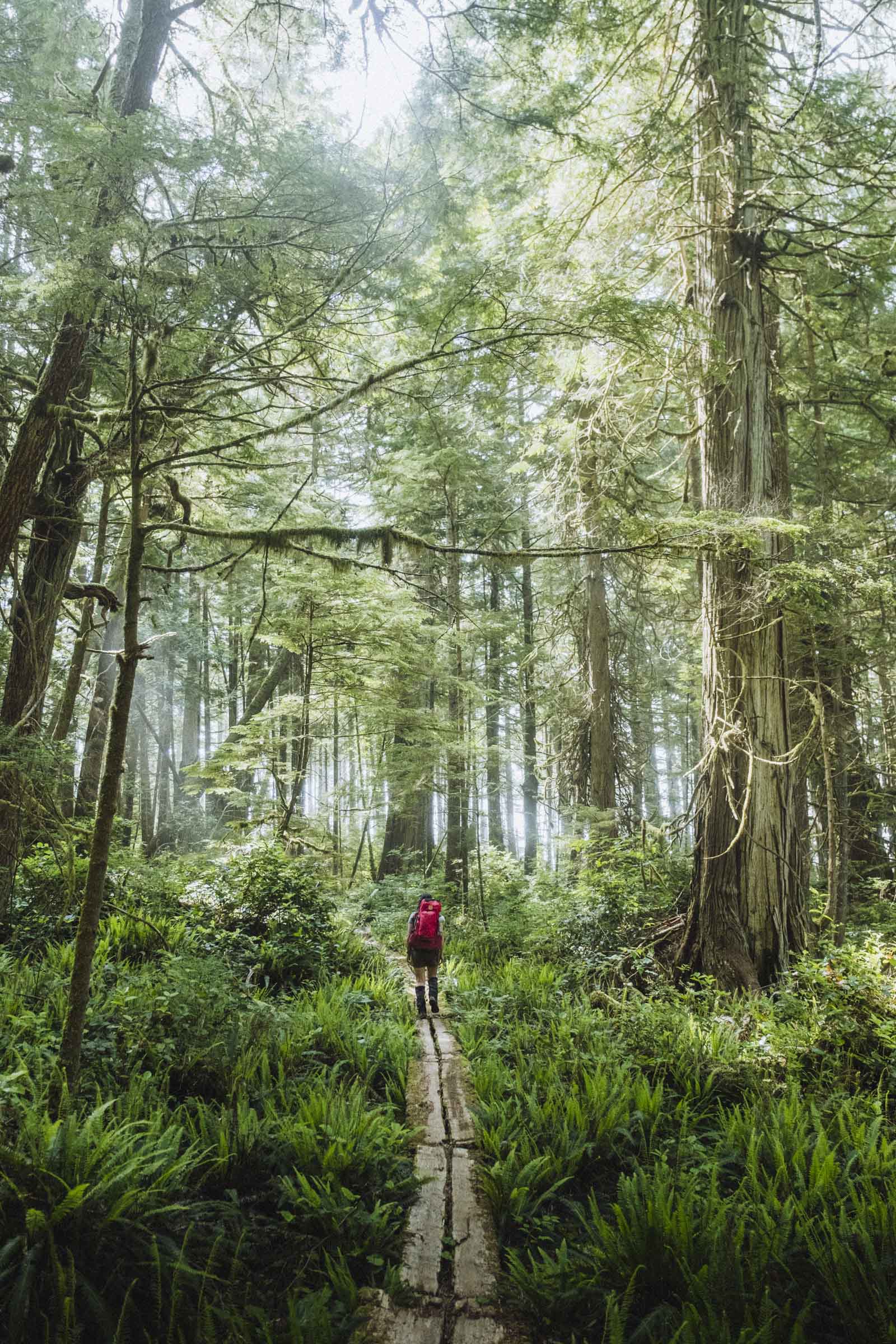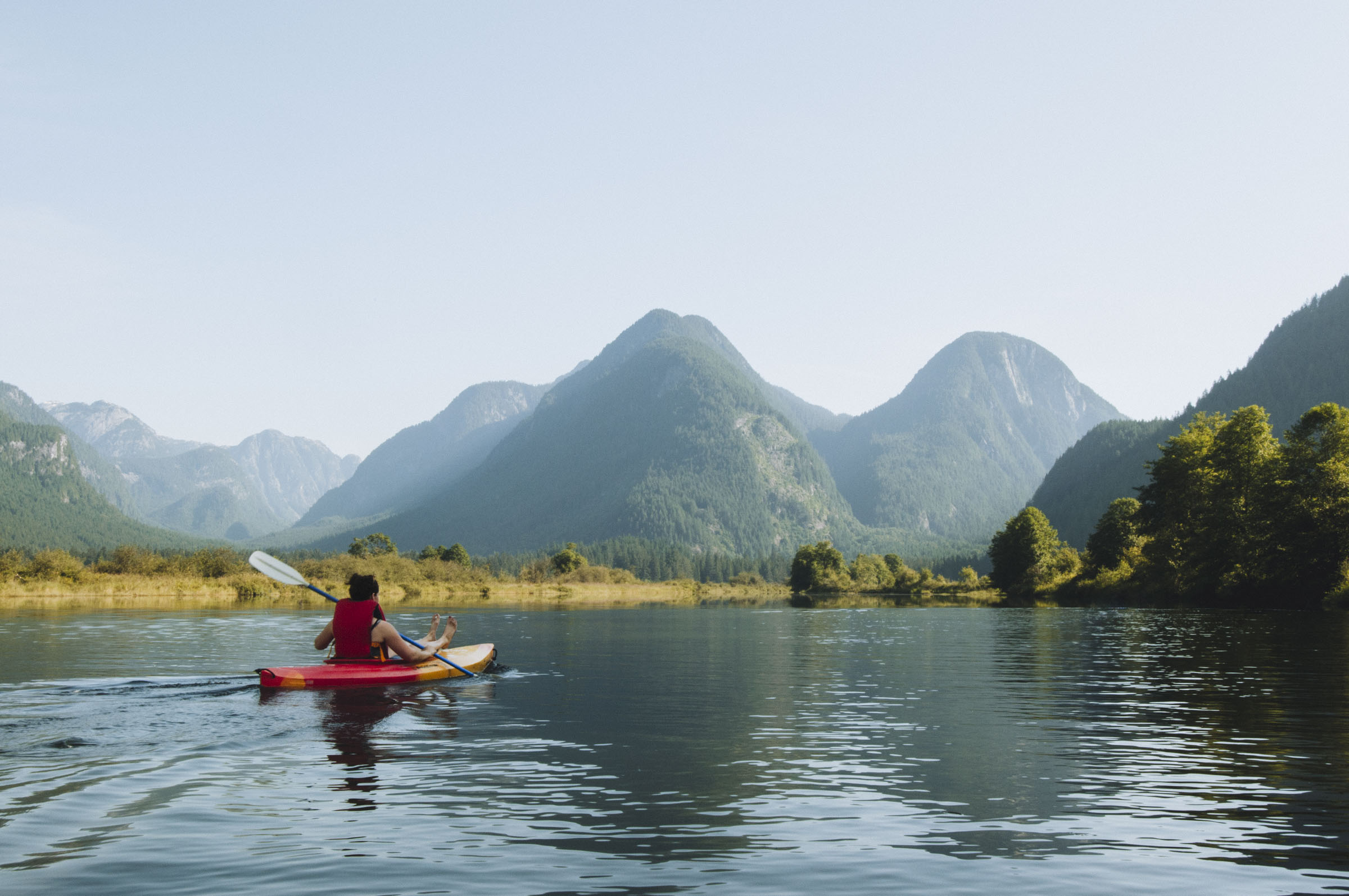West Coast Trail
5 days of fog, forest, and pounding surf on the coast of Vancouver Island
You wake up stiff and sore to the gentle roar of pounding waves and the slow tip-tap-tapping of drumming rain. You aren't ready to get up, not yet. You stretch your legs, feel the ache, feel the tension build and release. Everything is a little damp, a little dirty, a light splattering of mud on your clothes and smeared on the walls of your tent, thick clumps caked to your boots and gaiters. The air is fresh and vibrant and you hear other hikers already packing up and preparing breakfast, a low murmur and crackle of morning campfire. A slow wall of excitement hits you and you're eager to poke your head out and see what the day will offer.
And of course you know it will offer a lot. You are on the teetering edge of the continent, in the woods and wilds of remotest Vancouver Island, on the famous West Coast Trail. It feels like a different world out here: dark and ancient, wet beyond imaginings, blanketed in fog, untouched, timeless. But not entirely without time — you have to keep one eye on the clock and another on the tide schedule, because the next stretch of beach is only passable at low ebb. And that means you have to go now.
BEFORE YOU GO
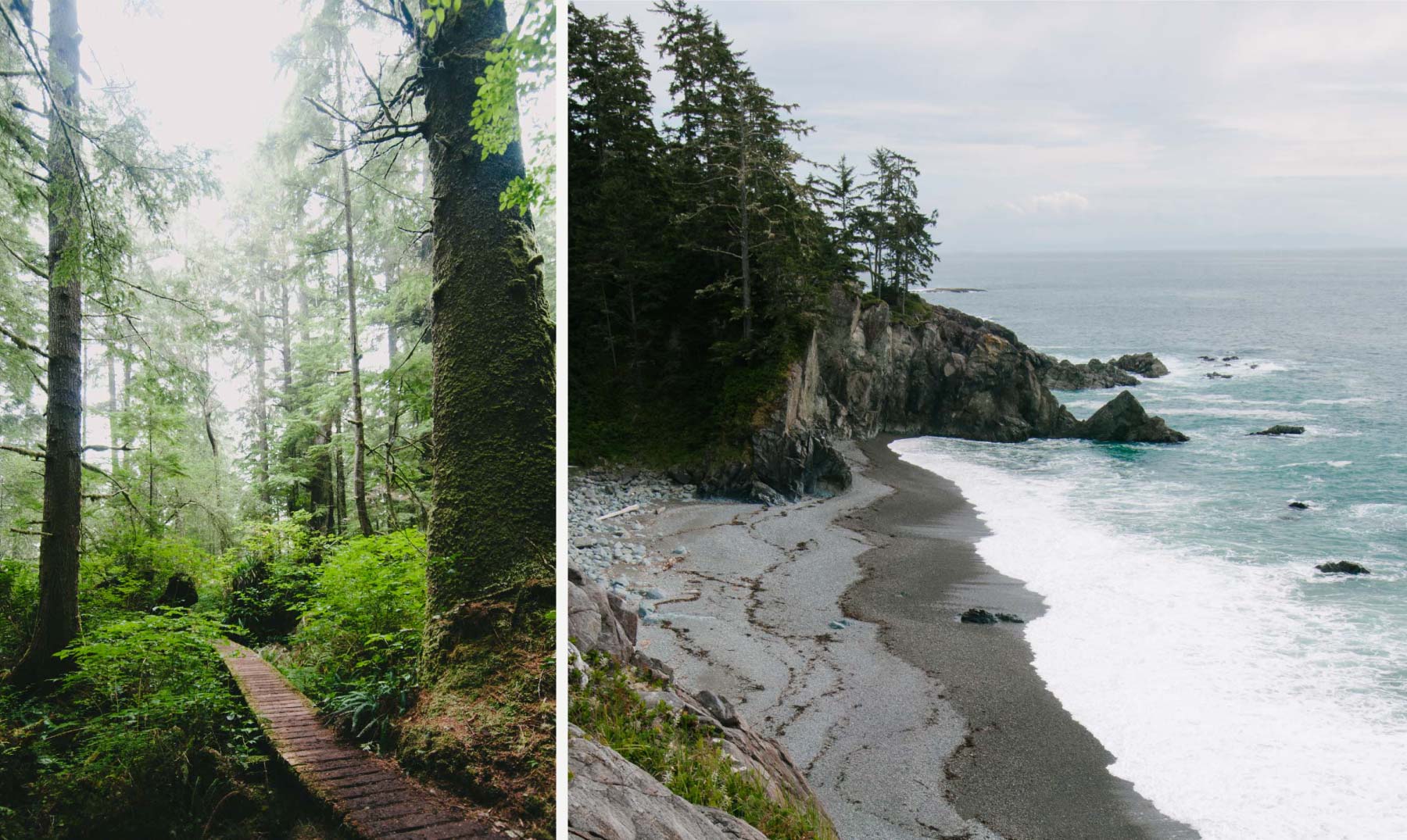


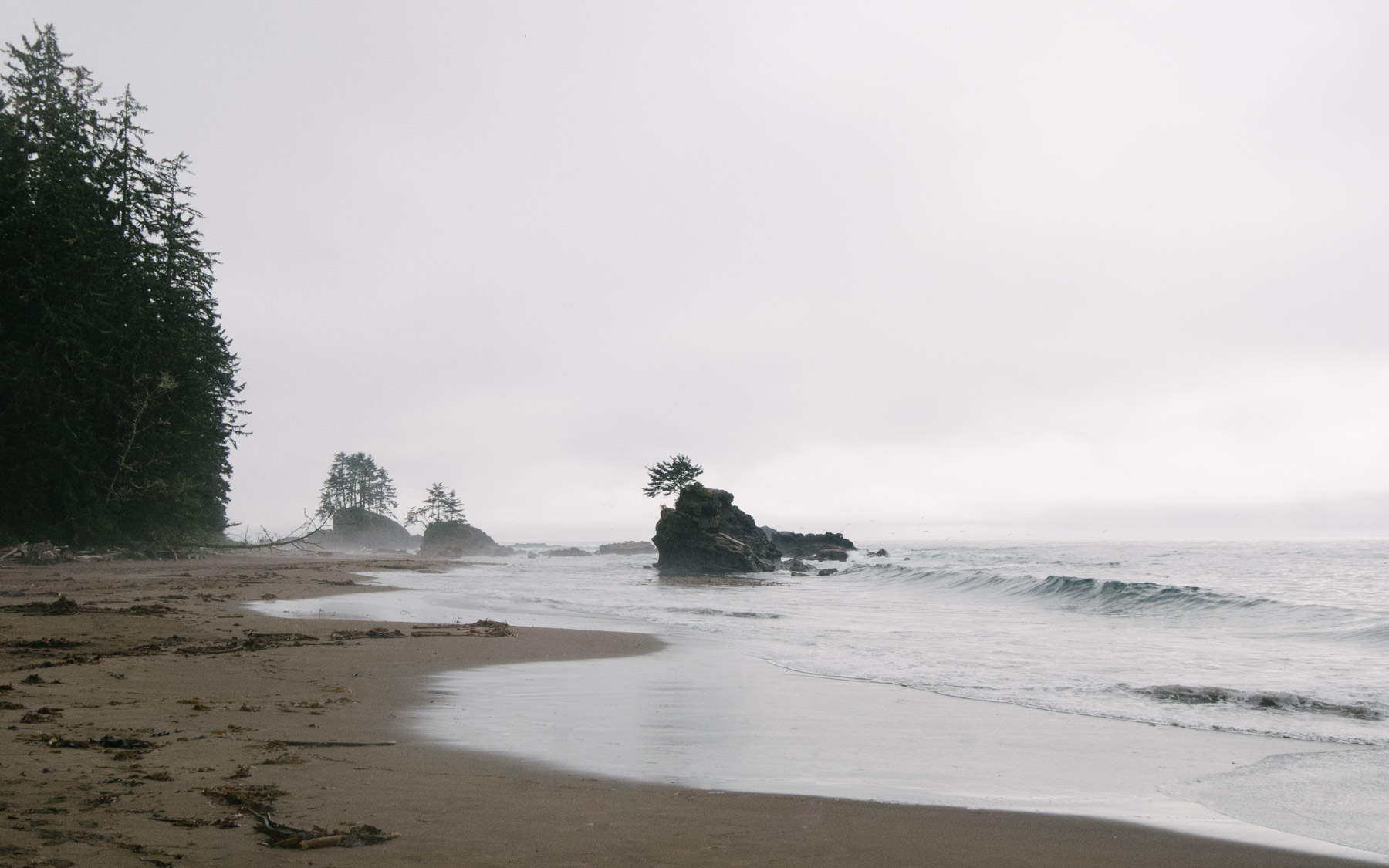
The West Coast Trail is an almost mythic hike. On the far western fringes of the continent, it is grand almost beyond scale: huge trees, raging storms, massive banks of impenetrable fog, surging rivers, beautiful waterfalls, miles and miles of empty beach.
But it's the challenging terrain that really sets it apart. Frequent torrential rain, steep gullies, long tracts of knee-deep mud, hazardous river crossings, slippery logs, broken boardwalks, impassable headlands, bears, cougars, shipwrecks, and ladders built on ladders built on ladders.
Infamous as one of the world's more difficult treks, Vancouver Island's remote trail draws some 6,000 hikers a year from all over the globe. People come for the remote beauty of the coastline, for the wild beaches and ancient forests and feeling of escape, but they also come for the sheer challenge of it, for the experience, for the accomplishment. Usually hiked in 5-7 days through some of the dirtiest terrain you're likely to find anywhere, it makes for a wonderfully gruelling vacation.
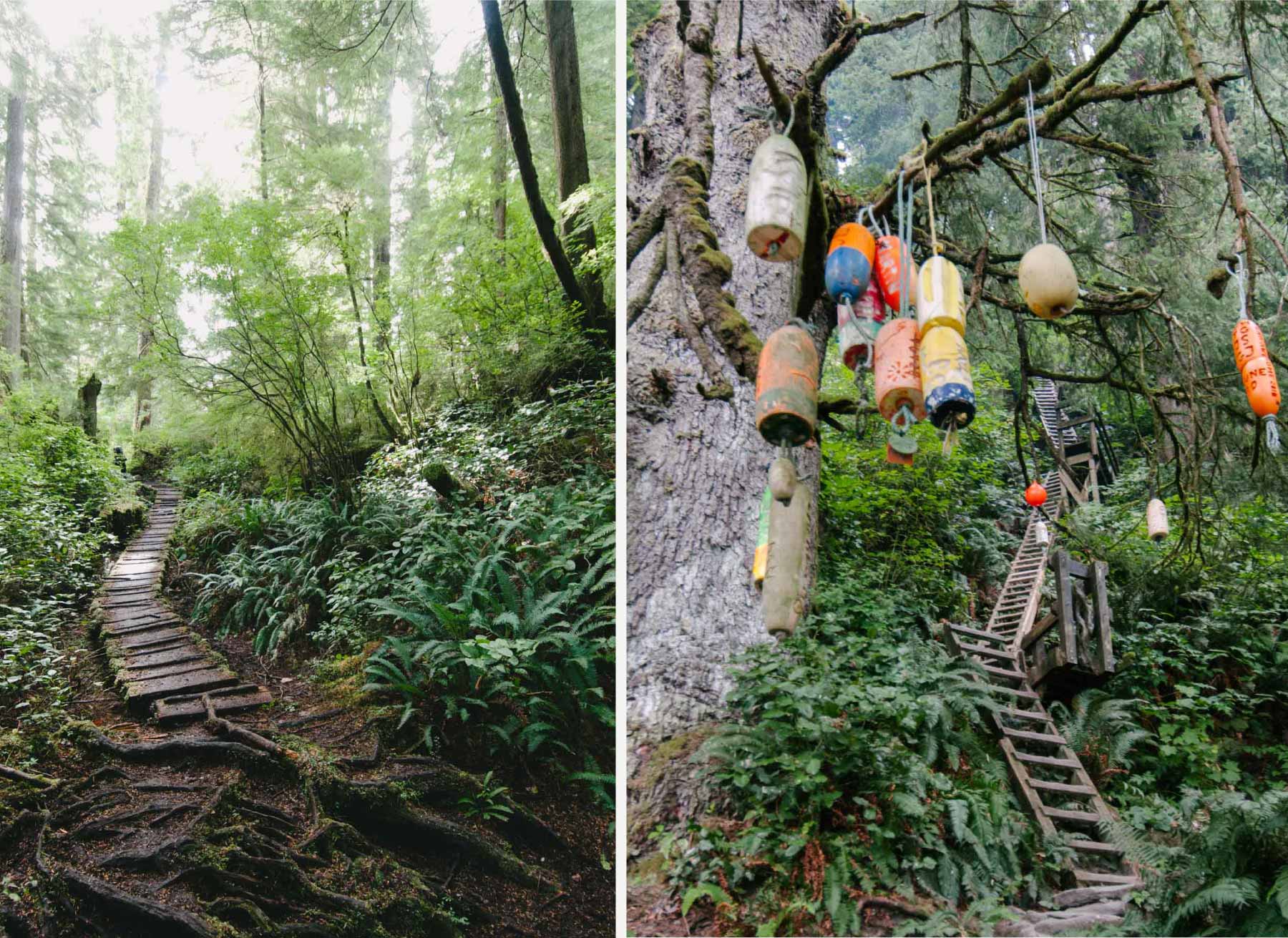
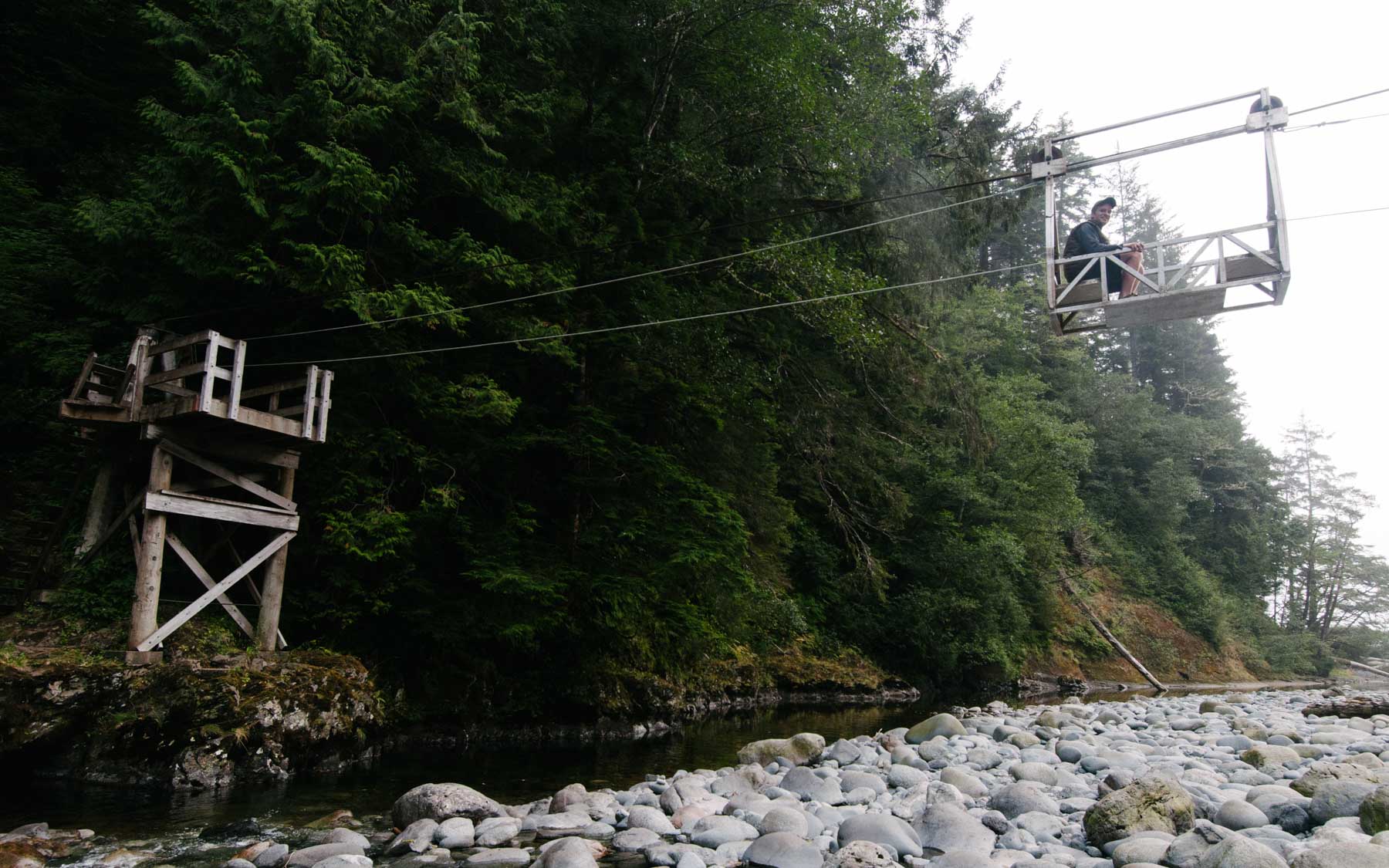

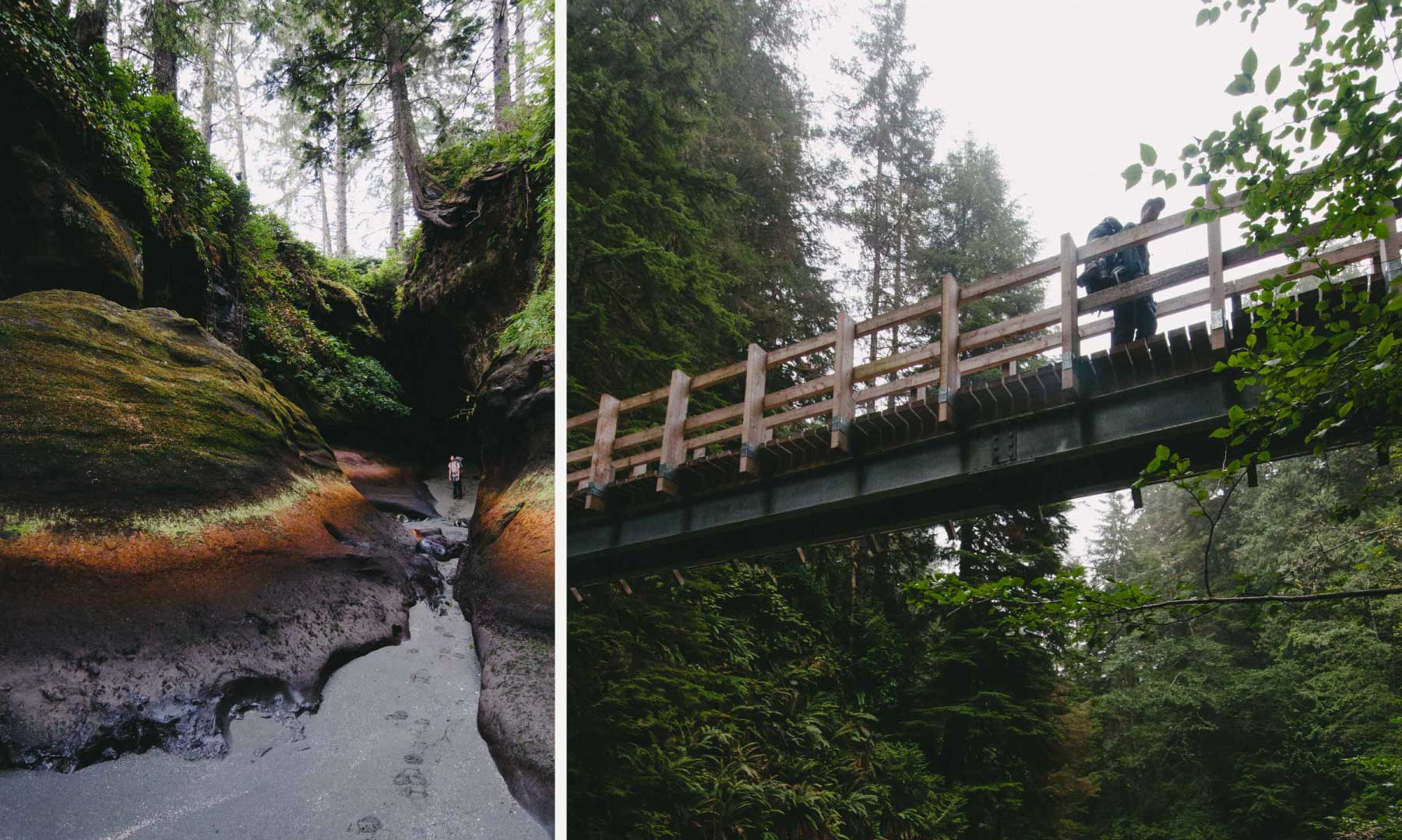
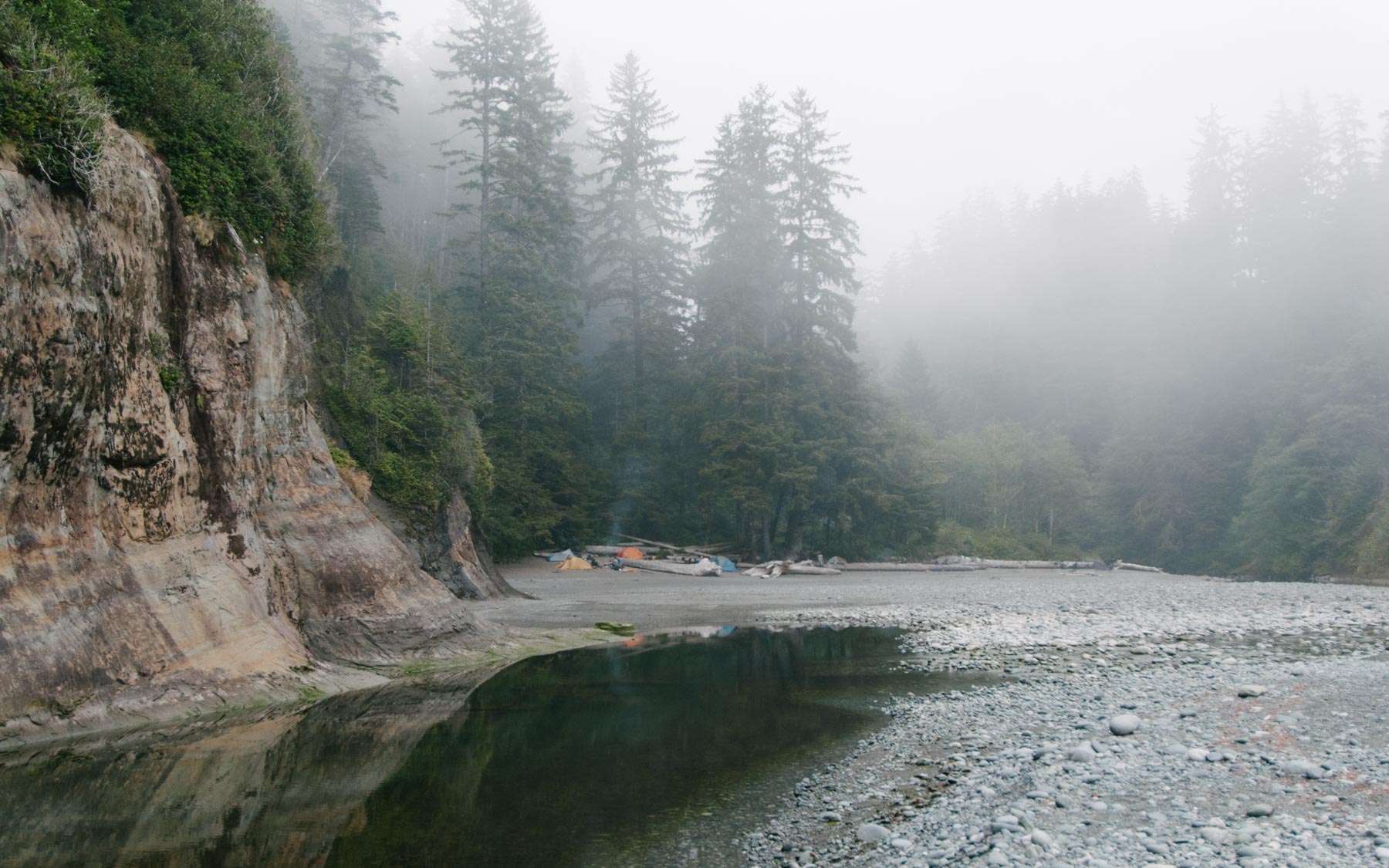
Megan and I have both hiked it, albeit separately and a couple years apart. She hiked it with her brothers and had typical wet weather, whereas when I went it was comparatively dry. It's been said that if you hike the WCT without torrential rain then you haven't truly experienced it at all. Which I guess means I have to go back?
Because the challenge of the WCT, like many outdoor adventures, is largely contingent on the weather — if you hike it during a rare dry spell like I did it's an entirely different experience than during a week-long torrent of lashing West Coast rain. Averaging 330cm (almost 130") of rain every year, the trail never really dries out and you'll find mud all year round, but the logs and boardwalks and river crossings are exponentially more dangerous after a heavy rain. During particularly heavy storms you can be holed up for days waiting for the swollen rivers to abate. On average, a person is emergency evacuated every other day, and I'm willing to bet the averages are shored up mostly during periods of persistent rain.
With good weather I didn't find it nearly as difficult as I was expecting. The literature is full of grand tales, scary stats, and typical hiker hyperbole and, yeah, it is indeed a challenging trail, but keep in mind that 99% of hikers are able to finish it — which means roughly 5900 people complete it every year. It can't be that bad.
For my part I found the ladders long but not unmanageable. Mud was everywhere but for the most part largely avoidable. The rivers were tame. The tides in our favour. I didn't even get blisters until the 4th day.
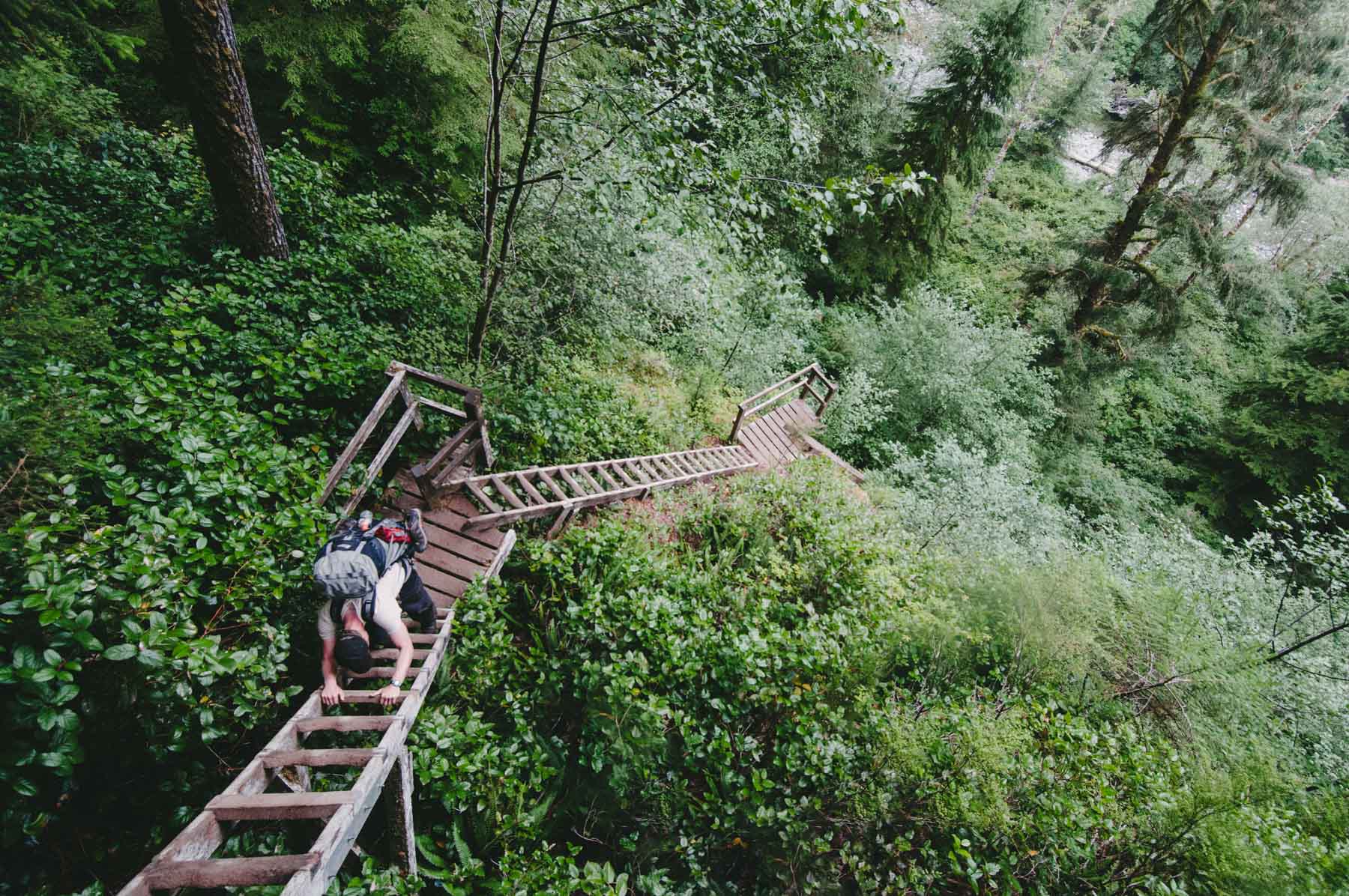
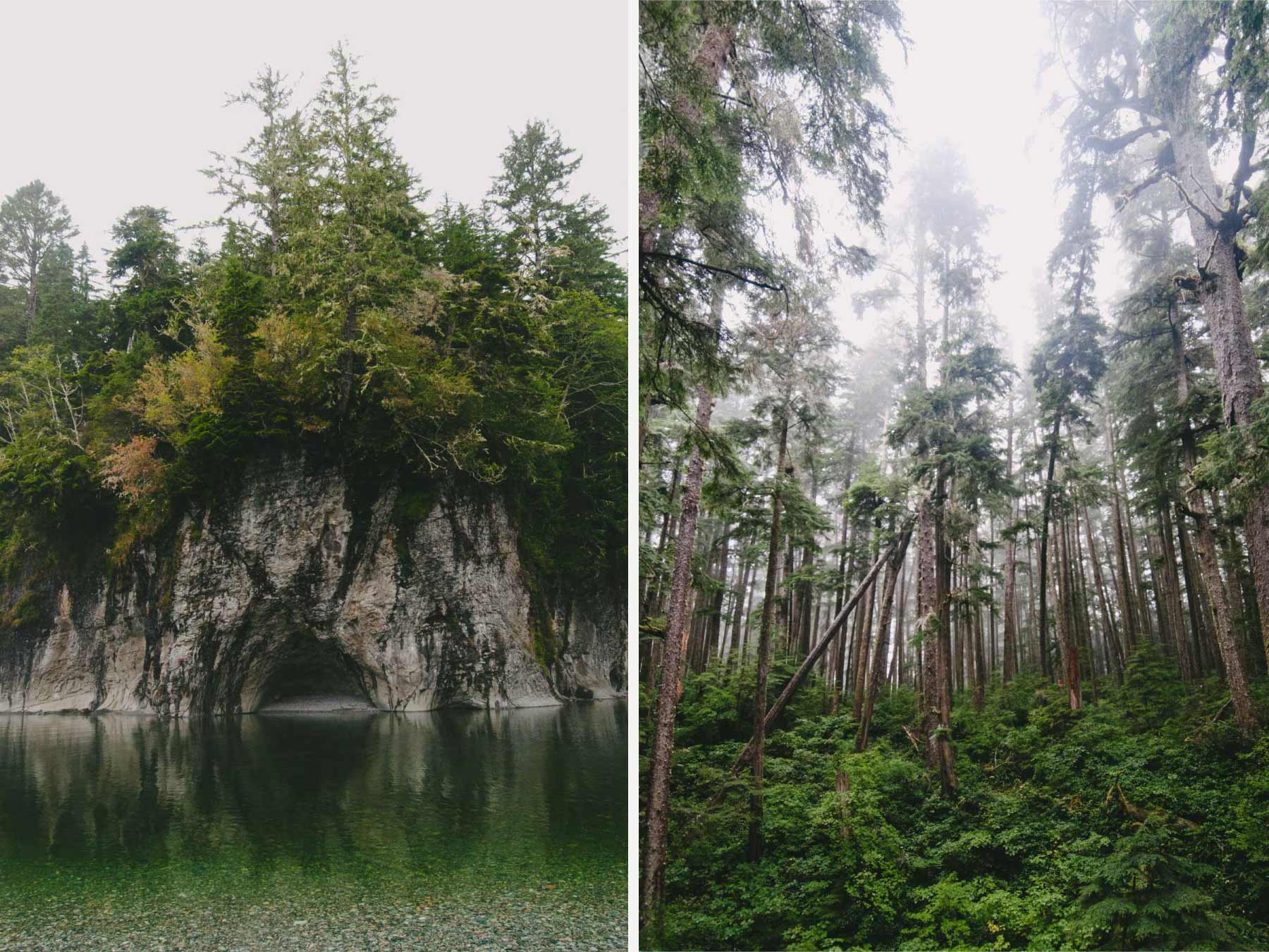
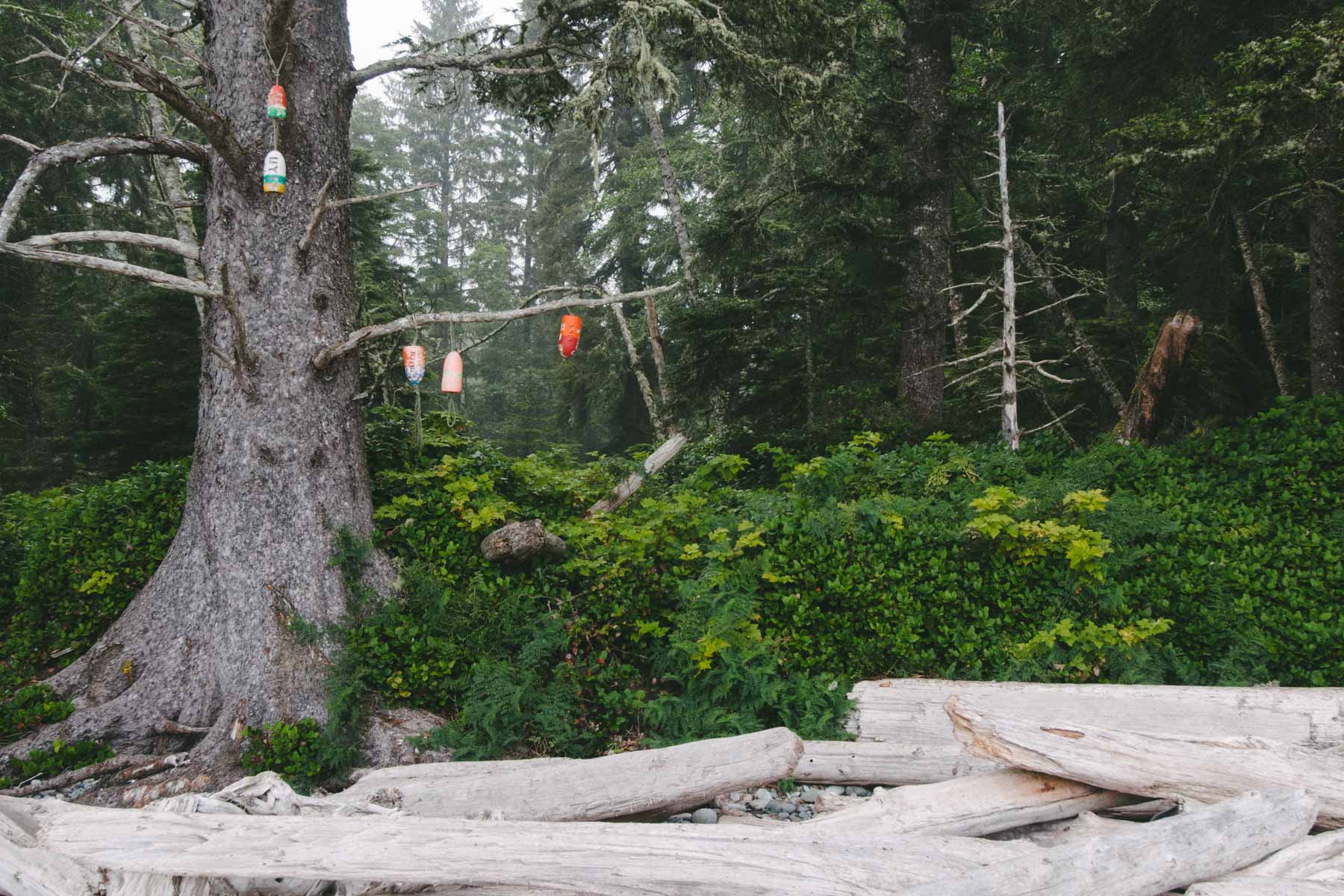


By all accounts there really shouldn't be a trail here. The land is too rough, too remote, too wet, too rugged. But that's exactly why the trail was built.
A hundred years ago shipping up and down the coast was booming — burgeoning cities, gold rushes, growing trade. But the fog, strong currents, violent weather, and primitive instruments often meant ships missed the opening to the Juan de Fuca and, caught in the current or pummeled by waves, were snagged on Vancouver Island. Over 240 ships have been ground down to scrap metal on this jagged coast, scattering the rocky beaches with the rusting fragments of pulverized boats. In 1906 the Valencia ran aground off Pacheena Point, and with 50 meters of heavy winter surf between it and the coast, 136 people were washed away and drowned. It was the worst maritime disaster in the Graveyard of the Pacific, and was the impetus for life infrastructure to be built up — more lighthouses, more boats, and the West Coast Trail.
At one time there were huts built all along the trail for shipwrecked sailors to take refuge in, but other than that the trail was a very inhospitable trek without boardwalks or ladders or cable cars, a far cry from the more civilized and accessible trail that exists today.
Even today the trail requires constant maintenance as the perpetual wet and raw weather causes quick rot and destruction. Maintenance is focused primarily on the ladders and cable cars, so you can generally expect those to be mostly safe. The boardwalks, on the other hand... sometimes the boardwalks are so busted and broken as to become obstacles in their own right.
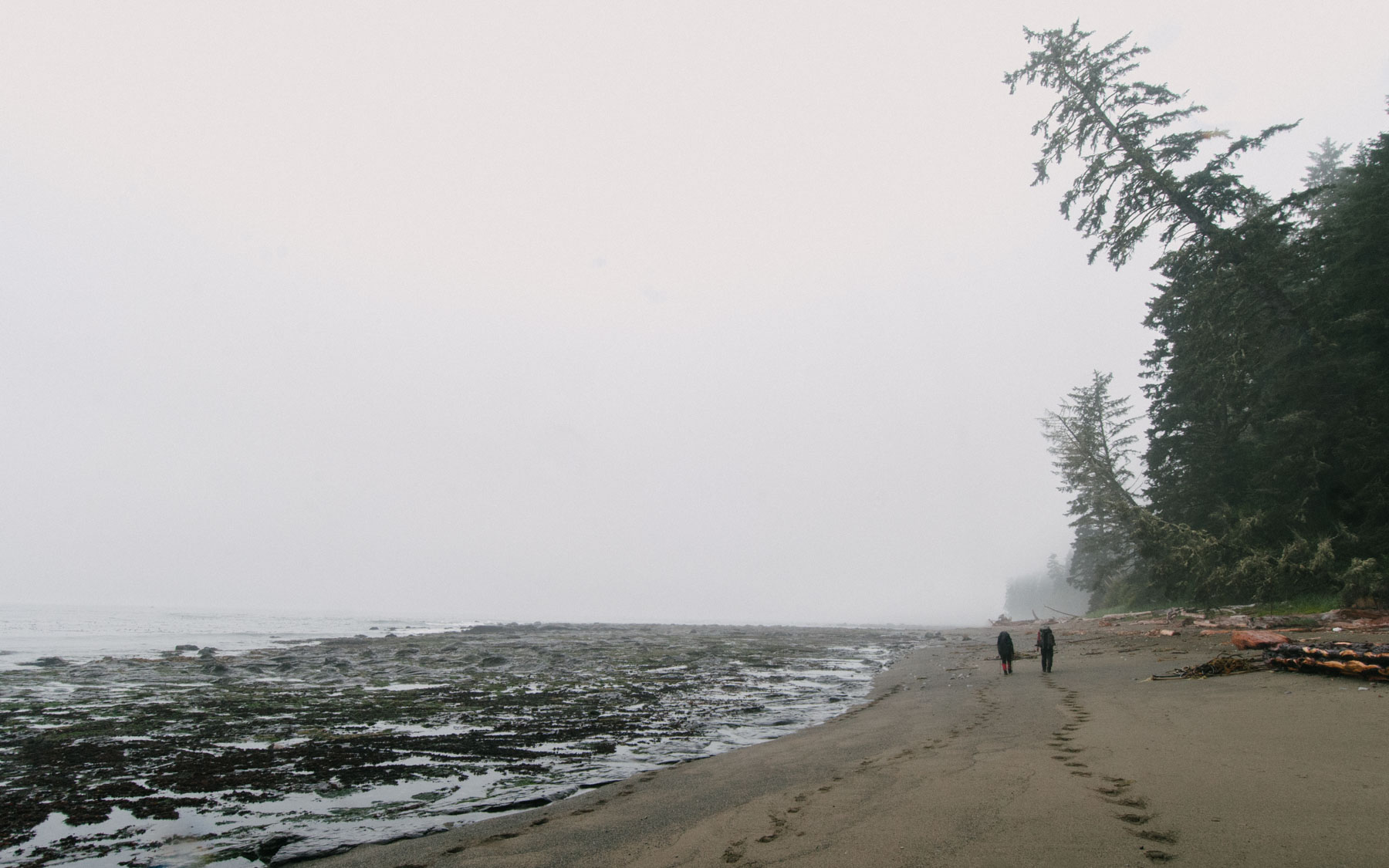


You can hike the trail in either direction, and both have their advantages and disadvantages. If you hike it north-south you start off in the scenic easier stretch, easing into the trail and saving the gruelling finish until after you've eaten most of the weight out of your pack. I'm not sure if you'd have trail-hardened or trail-weary legs by this point, but I'm pretty sure I'd have the latter.
Both Megan and I chose to hike it south-north to get the difficult section out of the way. We'd have heavier packs but we'd also have fresh legs, and the incentive of the scenic last leg to keep us moving forward.
Either way the crab shack, burger bar, and beautiful Tsusiat falls are all somewhere in the middle.

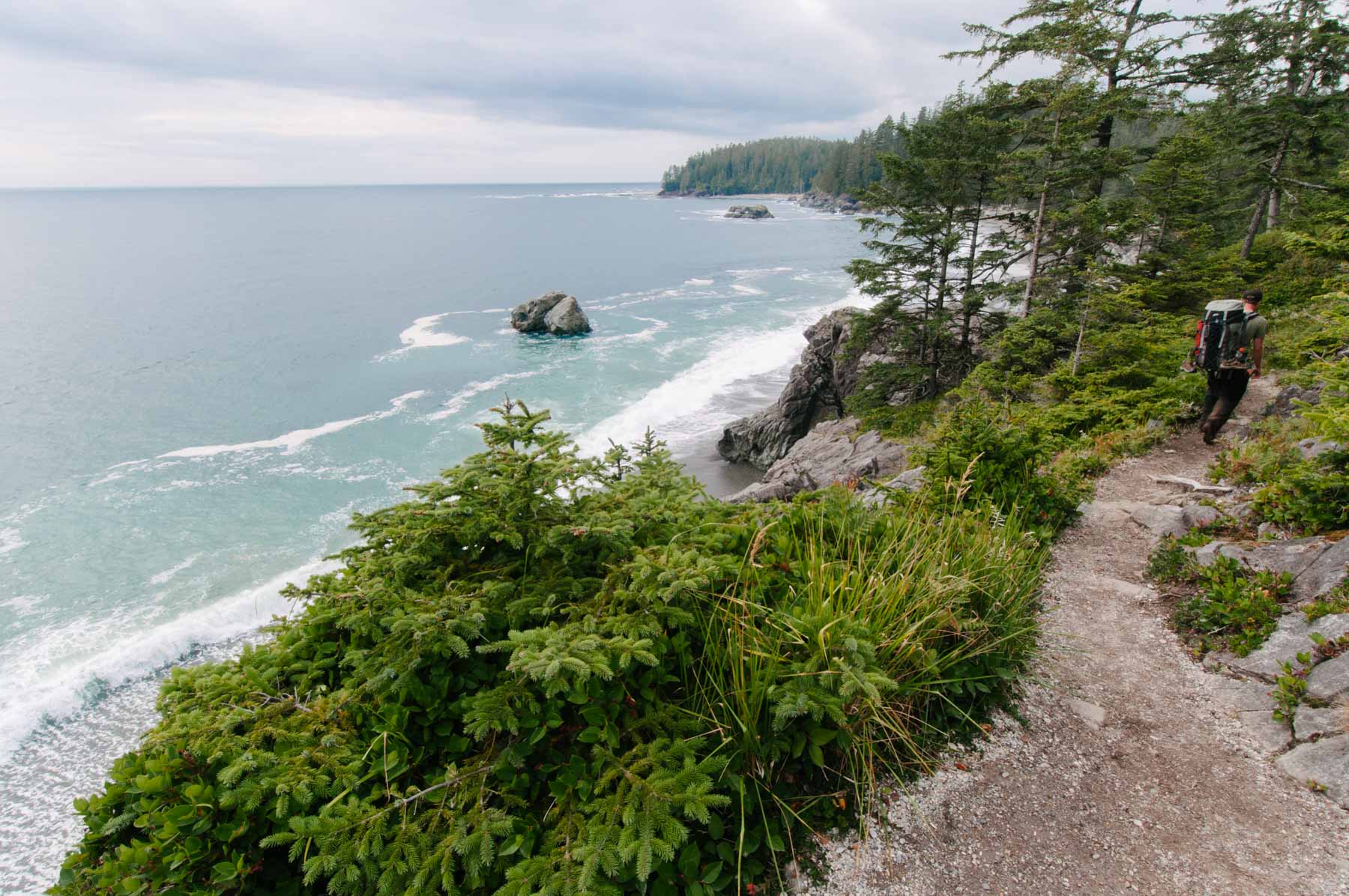

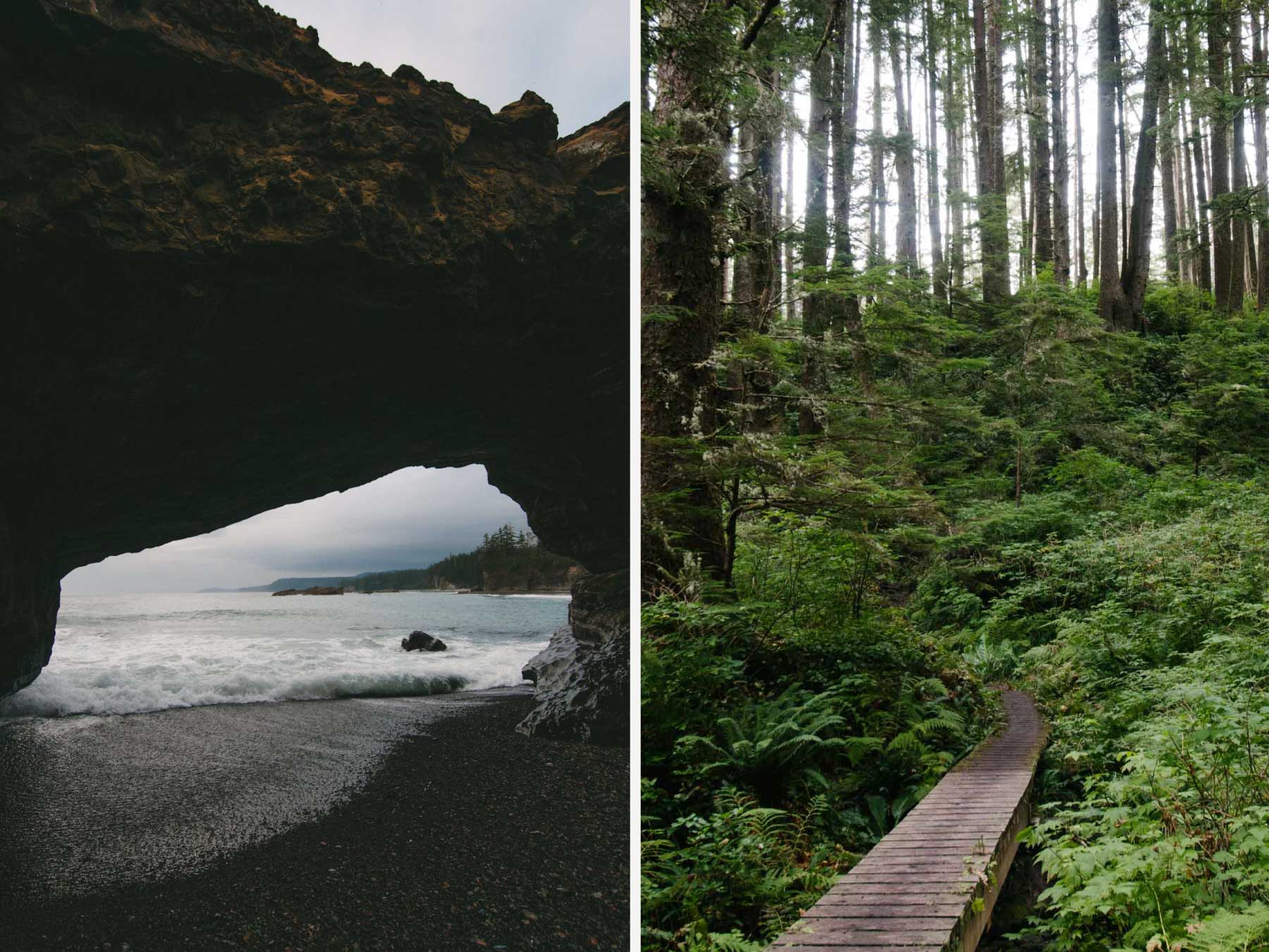


You have to register and take a short safety course at the trailhead. It's first come first serve, so if you don't have reservations it could be days before you finally head out. There is a very marginal hospitable zone at most of the campsites, so having a quota in place ensures a spot for everyone's tents and keeps wear and tear on the trail down to a minimum. Reservations are generally recommended for July and August, but not at all required for the shoulder seasons.
At the north end of the trail is Bamfield, a little maritime research and fishing town that truly (and rightly) feels like its at the end of the continent. There is a museum, a couple little shops and restaurants, and a lot of boats. At the southern end is Port Renfrew, a bit more run down, a little less organized, a little less isolated. There is a Trail Bus between the two trailheads and to Victoria. From Port Renfrew you can also load up on supplies and head back out onto the Juan de Fuca Trail and hike to Sombrio and Mystic all the way to China Beach, turning your little WCT jaunt into a 12 day expedition. It's slightly tamer than the WCT and a little less remote with occasional car access, but it is beautiful. Do it.
But if at all possible, do your best to avoid making up for lost time by gorging on a week's worth of burgers and candy. It's not worth it. Just back away. Back away. Go find a hot tub or something.

